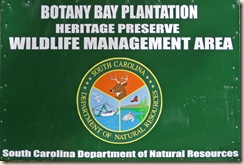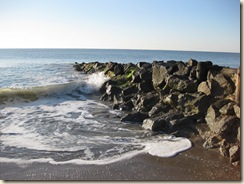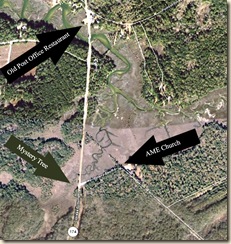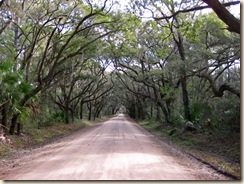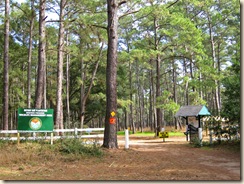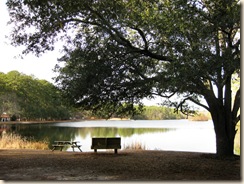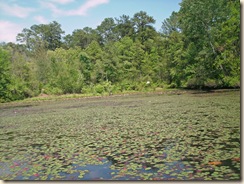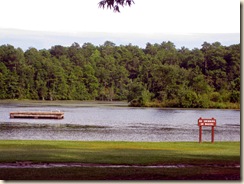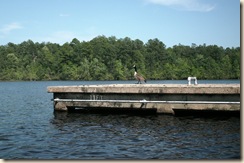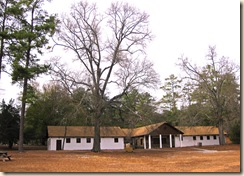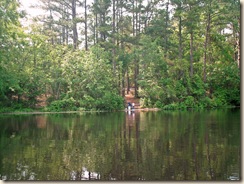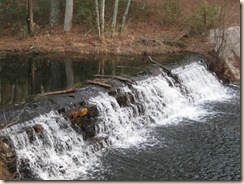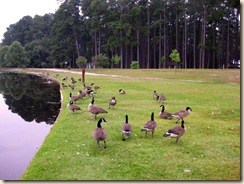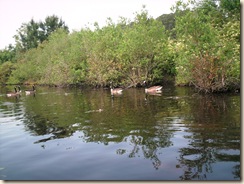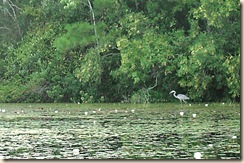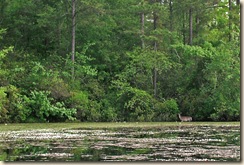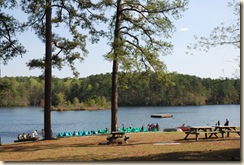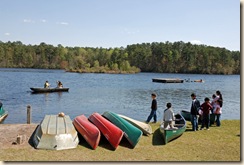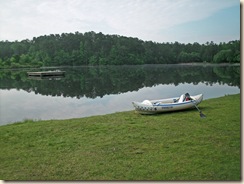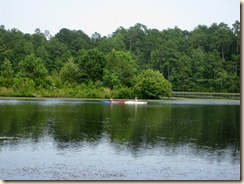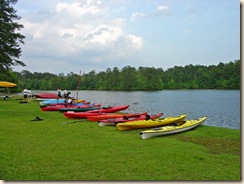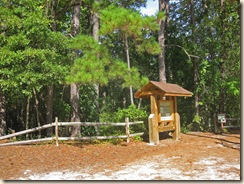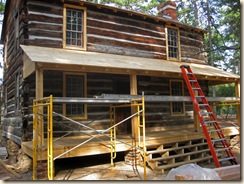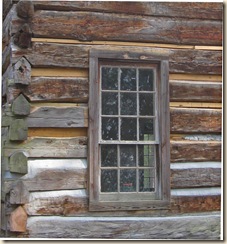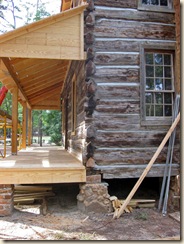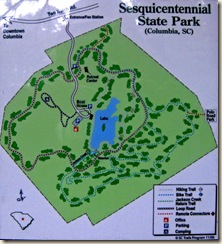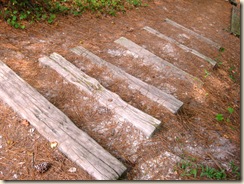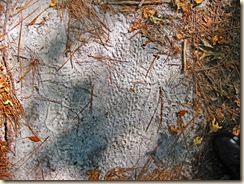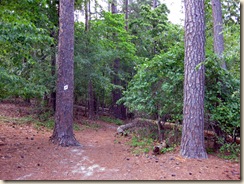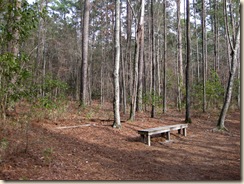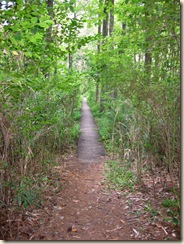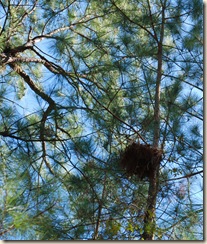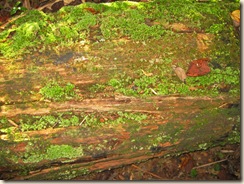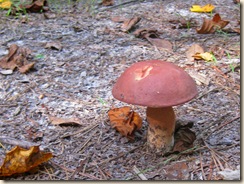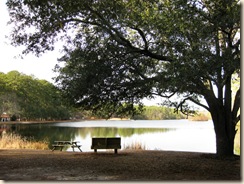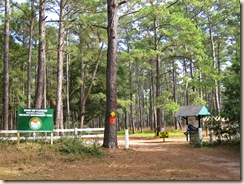 Let’s return today to Botany Bay Plantation on Edisto Island, South Carolina. This is the second post on that beautiful section of Edisto. Click here for Part I.
Let’s return today to Botany Bay Plantation on Edisto Island, South Carolina. This is the second post on that beautiful section of Edisto. Click here for Part I.
Botany Bay Plantation covers over 4,000 acres of the diverse landscape of Edisto Island and its ocean shore. Now, this isn’t 4,000 acres of unbroken Midwestern corn or wheat fields. It’s 4,000 incredibly diverse acres of Edisto Island. Around each turn in the road or trail something new awaits the alert visitor. Something different. Often quite unexpected.
So you can easily imagine that it’s impossible for me to offer a comprehensive description of the whole Plantation in this blog. Even if I knew enough about Botany Bay to provide one. Which I certainly don’t.
 Those of you interested in more detail could do no better than to click on over to the website of the Edisto Island Preservation Alliance. Click here to go to their website. I know nothing about this organization beyond their website. But the website is chuck-full of interesting information about Botany Bay specifically, and Edisto Island in general. Text, photos, links to other useful websites. They have it all! So, have a look.
Those of you interested in more detail could do no better than to click on over to the website of the Edisto Island Preservation Alliance. Click here to go to their website. I know nothing about this organization beyond their website. But the website is chuck-full of interesting information about Botany Bay specifically, and Edisto Island in general. Text, photos, links to other useful websites. They have it all! So, have a look.
The best I can do here is offer glimpses of a few of the more interesting points on the Plantation as they appeared to me during my first visit. I’m scheduled to return to Edisto in early December, and certainly will visit Botany Bay again. At a different time of year. Probably for two or three days. More photos and description then. So stay tuned to this channel. Last visit I was scheduled for knee surgery the following week, and ended up hobbling around with the help of a cane. Yet, given the environment, I found it impossible to stay in the car. Next time it will be more comfortable!
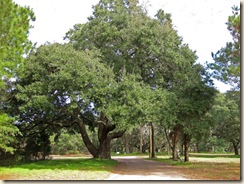 Speaking of glimpses, here’s one of the large live oak trees you’ll see as you drive into the Plantation. It’s larger than it looks in this photo. And has obviously enjoyed careful pruning over the years. It’s impossible to approach this majestic tree and not recognize its individual character.
Speaking of glimpses, here’s one of the large live oak trees you’ll see as you drive into the Plantation. It’s larger than it looks in this photo. And has obviously enjoyed careful pruning over the years. It’s impossible to approach this majestic tree and not recognize its individual character.
As you drive from the entry gate to the tree above, be sure to drive slowly enough to watch both sides of the road. You’ll see living examples of agriculture in this part of the country. Very different from what I remember from OverHome in Northern Appalachia! Different soil; different crops; and different indigenous plants. I look forward to learning more about Low Country agricultural methods during the next visit.
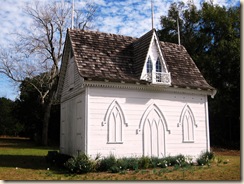 Drive on a bit until you approach some new metal fencing on the right side of the road. Stop at the gate and go inside. Before you is the Plantation’s restored ice house. An unusual building. Beautifully Gothic Revival on the outside, yet solidly utilitarian on the inside. All accurately preserved by the building’s restorers. Looking inside through the door on the back side, I found an old buggy, and, oddly enough, a mounted photograph of the main house at Bleak Hall. Probably taken some time during the 1920s. More on that house in a moment.
Drive on a bit until you approach some new metal fencing on the right side of the road. Stop at the gate and go inside. Before you is the Plantation’s restored ice house. An unusual building. Beautifully Gothic Revival on the outside, yet solidly utilitarian on the inside. All accurately preserved by the building’s restorers. Looking inside through the door on the back side, I found an old buggy, and, oddly enough, a mounted photograph of the main house at Bleak Hall. Probably taken some time during the 1920s. More on that house in a moment.
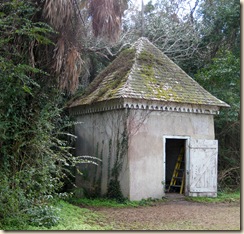 Now, while standing behind the ice house, look to your left. There you’ll see this elegantly proportioned gardener’s “shed” pictured above. Go on over and take some time to look it over carefully.
Now, while standing behind the ice house, look to your left. There you’ll see this elegantly proportioned gardener’s “shed” pictured above. Go on over and take some time to look it over carefully.
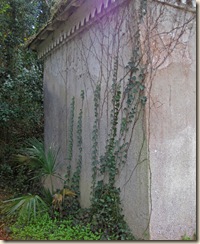 Its walls are “tabby.” A concrete-like mixture of lime, sand, and oyster shells. Click here to read a comprehensive article on the origins and nature of tabby building materials by Dennis Adams of the Beaufort County Library. A fairly common building material in this part of the country during the 18th and 19th centuries. One I’ve not seen elsewhere. Didn’t even know the word before visiting Edisto Island.
Its walls are “tabby.” A concrete-like mixture of lime, sand, and oyster shells. Click here to read a comprehensive article on the origins and nature of tabby building materials by Dennis Adams of the Beaufort County Library. A fairly common building material in this part of the country during the 18th and 19th centuries. One I’ve not seen elsewhere. Didn’t even know the word before visiting Edisto Island.
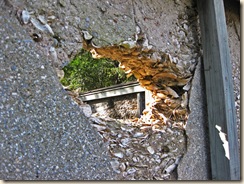 Here’s a photo of a hole in the wall of a nearby tabby structure that gives a better idea of just how tabby looks.
Here’s a photo of a hole in the wall of a nearby tabby structure that gives a better idea of just how tabby looks.
For me, though, the first occupant of this gardener’s shed is more interesting than the building’s architecture or tabby walls. He is identified by the single name “Oqui” in the references I’ve come across to date.
Nell S. Graydon a noted author on Low Country matters, mentions him in her 1955 book, “Tales of Edisto.” There she describes “Oqui” as “an expert Chinese botanist.” Graydon, and other writers, say Botany Bay Plantation owner, John F. Townsend, was introduced to “Oqui” in Washington, D.C. where he’d been living after returning from Asia with the Commodore Perry Expedition. Aboard ship, “Oqui” helped care for the examples of Asian plant life the Expedition collected in Asia.
However, according to Graydon, the Washington DC climate didn’t suit “Oqui.” So Townsend persuaded him to move to Botany Bay. Where he was commissioned by Townsend to create a Japanese garden. Probably the first genuine Japanese garden in North America. Graydon reports that “Oqui” introduced plants such as white poppies, yellow-blossomed Chinese tobacco, camphor, olive, and spice trees to the area. And also cultivated the Plantation’s orange trees, some of which survive today. According to correspondence Graydon cites, “Oqui” was still at Bleak Hall in June of 1858.
What a story! I hope to learn more about this remarkable man. Was he really Chinese? Okinawan? Or was he Japanese? Some sources describe him as such. If the latter, his name could have been “Ohki,” or “Ogui,” which would have been difficult for Americans to pronounce, explaining the peculiar Romanization.
Whatever happened to the mysterious “Oqui”? Did he live out his days at Botany Bay? Did he ever return to Asia? What happened to him during the Civil War?
If “Oqui” was Japanese, he was one of the earliest visitors from Japan to the United States. At a time when Japan’s late Tokugawa government prohibited its subjects from traveling abroad. On pain of death!
Whoever he was, “Oqui” must have been a remarkable person. I’m determined to learn more about him. Scouring the historical archives of South Carolina and Washington, D.C.
Should any readers have more information about “Oqui” of Botany Bay Plantation, please get in touch.
The ruins of Oqui’s formal Japanese garden are visible in the photo above, just behind the shed. Many plants there are unusual for the area. All overgrown today, of course. I hope to have a closer look in early December, and will report anything of interest.
Well! Enough of the mystery of “Oqui” and his formal Japanese garden. Next time we’ll move on to other sights on Botany Bay Plantation. With more photos. So stay tuned.

